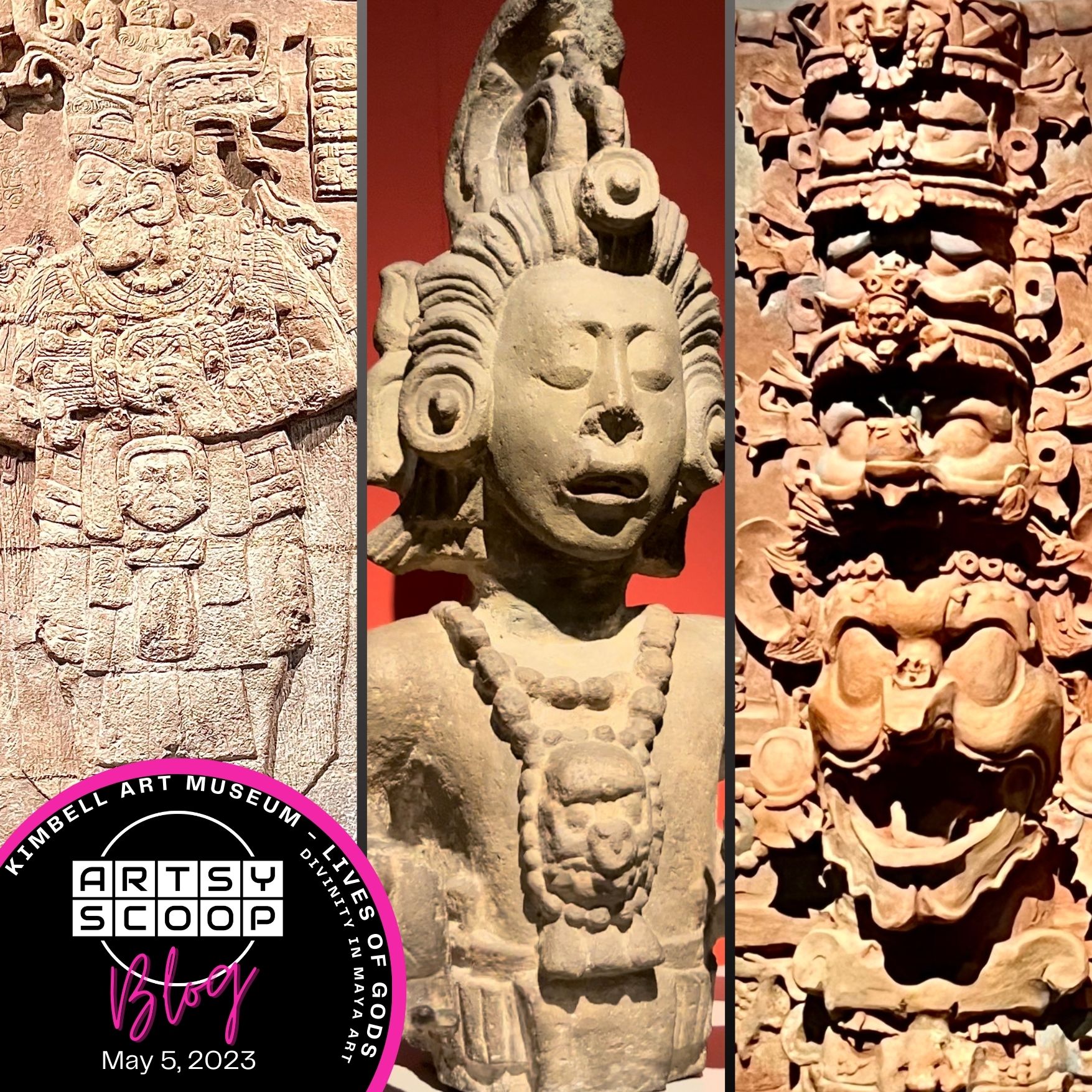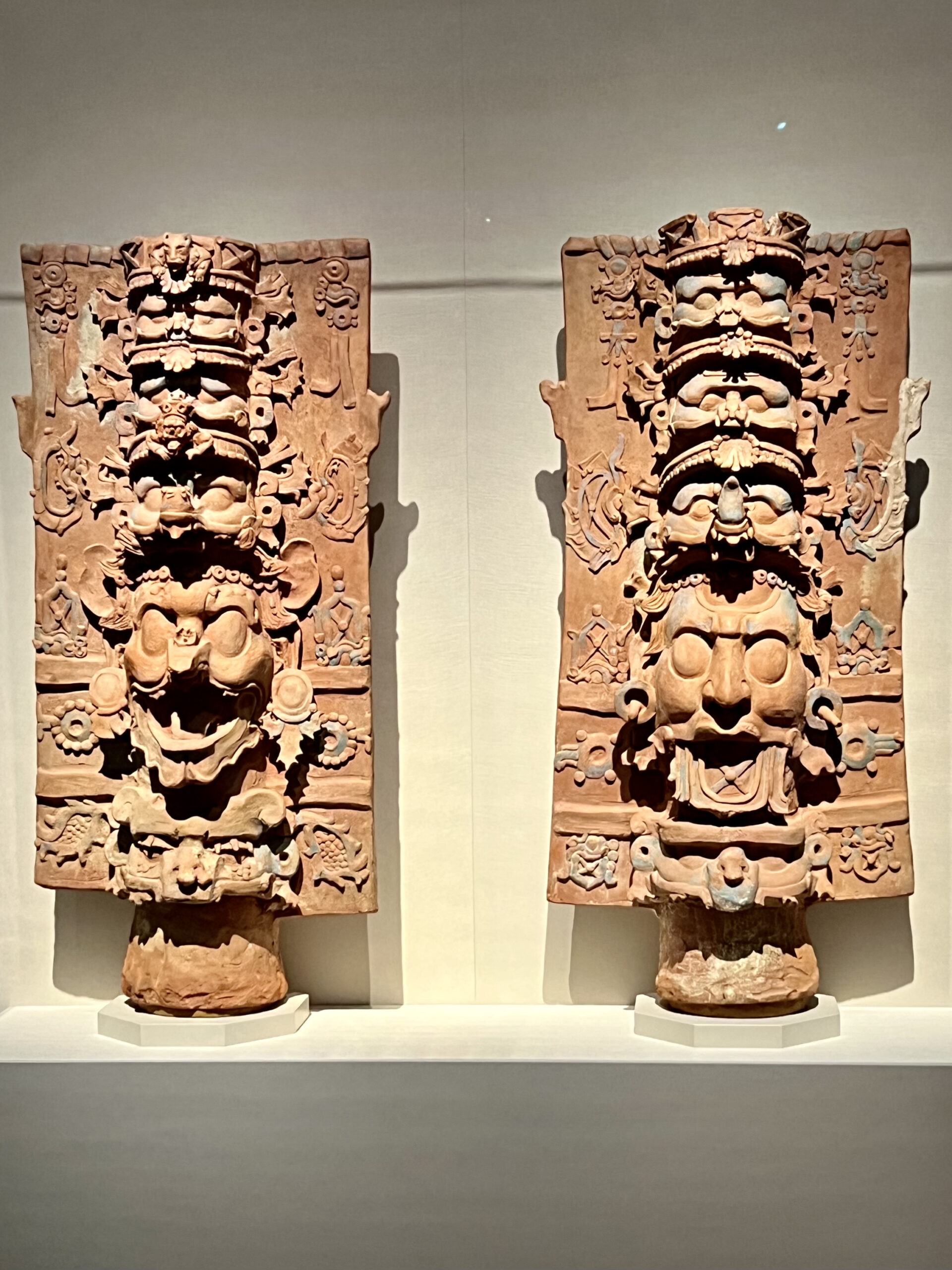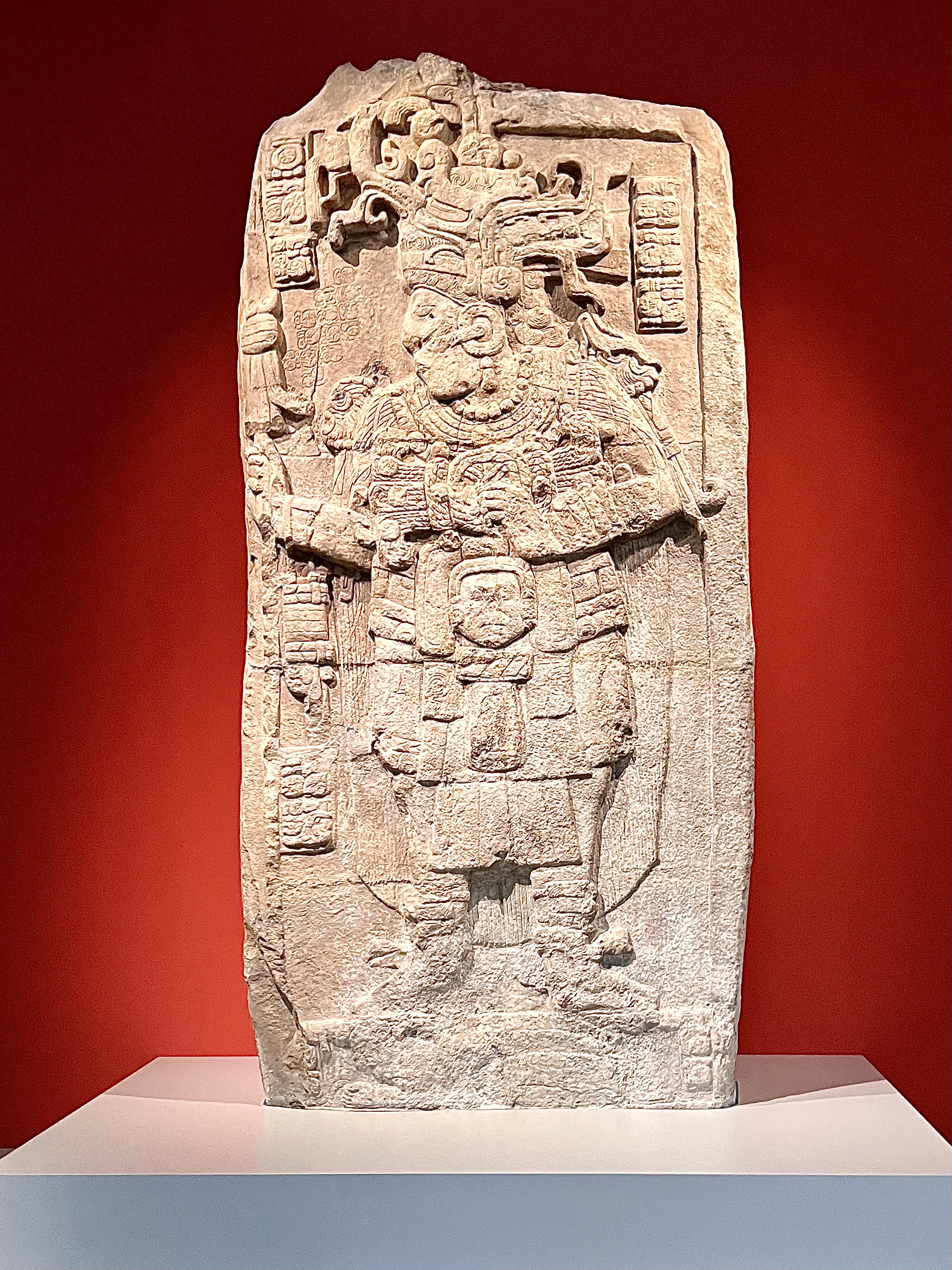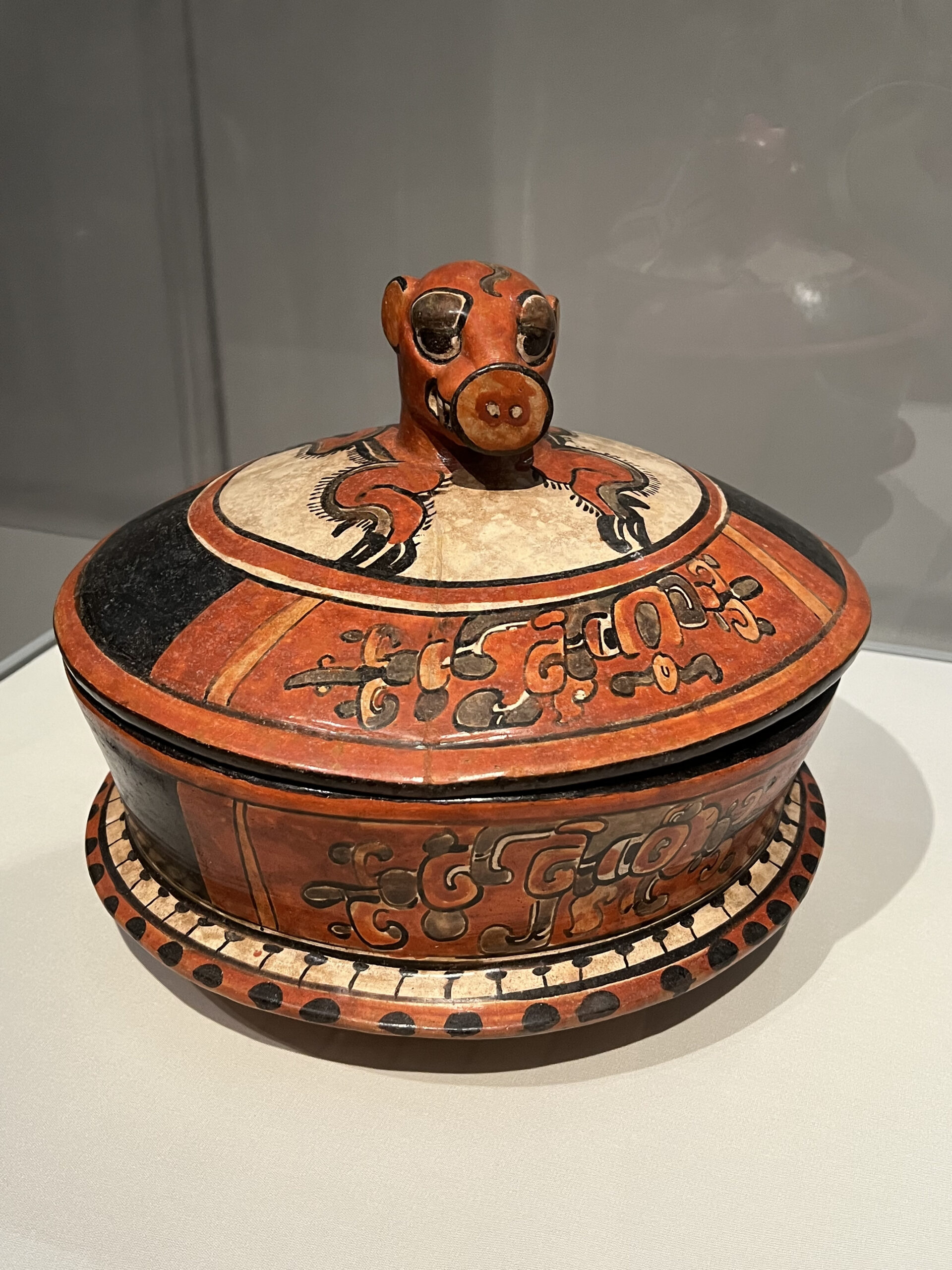
The Kimbell Art Museum has brought art lovers from across the globe to Fort Worth, TX countless times over its many glorious years of existence, due in no small part to the exceptional quality of its permanent collection and its world-renowned exhibitions. Lives of the Gods: Divinity in Maya Art, the next exhibit that will occupy its renowned galleries from May 7th to September 3rd, is certainly no exception. I wanted to learn more about the genesis of the show, the collection of artifacts that will be on display, and the effort and coordination that had to happen to bring it to life.

To get that peek behind the curtain, I sat down with the Kimbell’s curator of Asian, African, and Ancient American Art, Jennifer Casler Price. Within the first moments of our conversation, it was abundantly clear to me that talking about this exhibit is genuinely, incredibly exciting for her. Her enthusiasm is palpable (and more than a little bit contagious), not just because this particular time period is her professional and academic specialty (she received her degree in Ancient Chinese Art and History), but because of the sheer rarity of the experience of seeing so many of these pieces, together under one roof for the first time, will have on everyone who comes to see it.
To simply say that these Maya pieces from the Classic period, which is defined as the time between 250 – 900 CE, have never been under the same roof is actually downplaying the true significance of the artifacts that we get to see, up close and in person, when Lives of the Gods opens to the public.
For example, most of the artifacts in this exhibit that are on loan from museums in Mexico and Guatemala, where they have been displayed since their initial discovery, have never even left their countries.
Similarly, many pieces that come from American and European museums have rarely, if ever, been removed from their original enclosures since they were first put on display. In fact, one of the exhibit’s main focal points, a gigantic, 12-foot-tall stone sculpture, known as Stela 51, was literally cemented to its base on the floor of the Museo Nacional de Antropología in Mexico, and this is the first time it has ever left the museum, much less the country!
As if the awesome beauty and rarity of these works wasn’t enough, several of the pieces on display have an additional, unique feature: the artist’s signature. Nowadays, we readily expect that the paintings and sculptures we see will bear the name of their creator on them, and don’t pay it much thought. But this was not always a common practice. In fact, even in Maya art, the Classic period is the only time that this occurred. No artifacts from before or after this time have borne the name of their artisans, and the fact that many of these do (and that we can still decipher them after all this time), is not only remarkable, but allows the curators to tell a deeper story about the people who crafted these glorious tributes to their deities, rulers and royals.
With nearly 100 artifacts in total on display, on loan from 22 different institutions around the world, attendees will be treated to the exceptionally large to the miniature in a wide array of materials, including stone, pottery, shells, and jade. Regardless of their size, the craftsmanship should provide onlookers with the same awe and excitement that I hear in Jennifer’s every description. In many ways, my conversation with her reminded me of an extremely proud parent, extolling the virtues and accomplishments of their children.



Though her pride and enthusiasm are abundant, Jennifer makes it clear that while she certainly played a role in the collection and the exhibit, the real honor goes to curator James Doyle at the Metropolitan Museum of New York. She recalled their earliest conversation about his idea as being one in which James relayed his desire to amass a collection of Maya works and artifacts that specifically showed the relationship between the Maya and their gods and deities.
Unlike the traditions of many other cultures, past and present, who frequently viewed their god or gods as ethereal, immortal beings, the Maya believed that theirs were born, lived and matured, suffered loss, experienced joy, and eventually died, only to be born again. He wanted to curate an exhibit that would specifically showcase the ‘life cycle’ that they believed all of their gods went through, a life cycle that humans would in turn emulate.
Mr. Doyle asked Jennifer if the Kimbell would be willing to allow two of its vessels from its permanent collection to be used in the exhibit he was planning at the Met. She not only said yes, but also mentioned two other exceptional pieces that the museum owned, including a pair of 3-foot-tall terra cotta censer stands, that she believed would further enhance the exhibit. Of course, James was thrilled with the idea and the offer, but then she pulled out the ace card and suggested that maybe after the show closed in NY, instead of simply returning the 4 pieces to the Kimbell, perhaps the entire exhibit could make an additional stop here. And here, by the way, is the only other stop it will make. In other words, if you didn’t see it at the Met, and you don’t see it at The Kimbell, you are going to have to cash in a lot of airline miles if you ever hope to see all these works in person again.
Lives of the Gods: Divinity in Maya Art will be showing at the Kimbell Art Museum from May 7th – Sept. 3rd
Go to www.KimbellArt.org for ticketing information and season pass opportunities, as well as a full listing of symposiums, lectures and other exhibition-related events during the run of the show.

